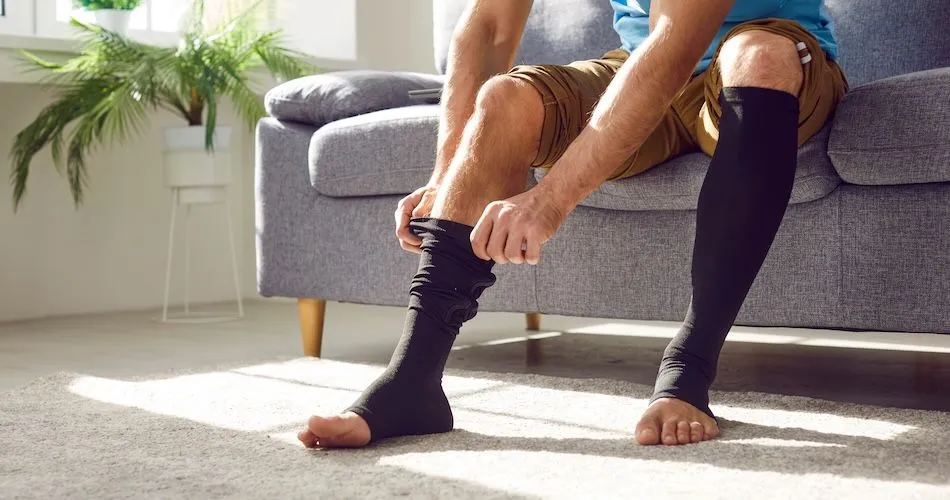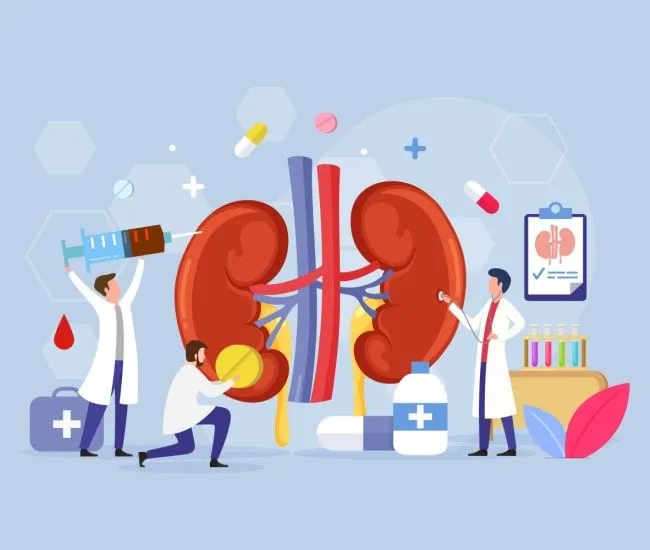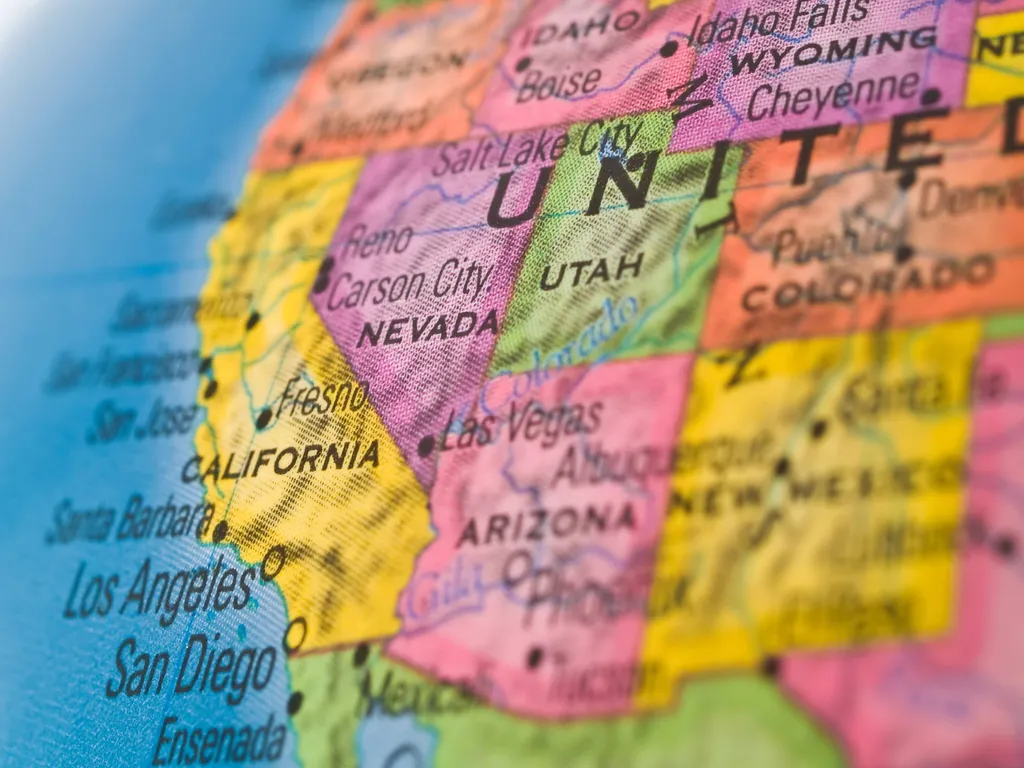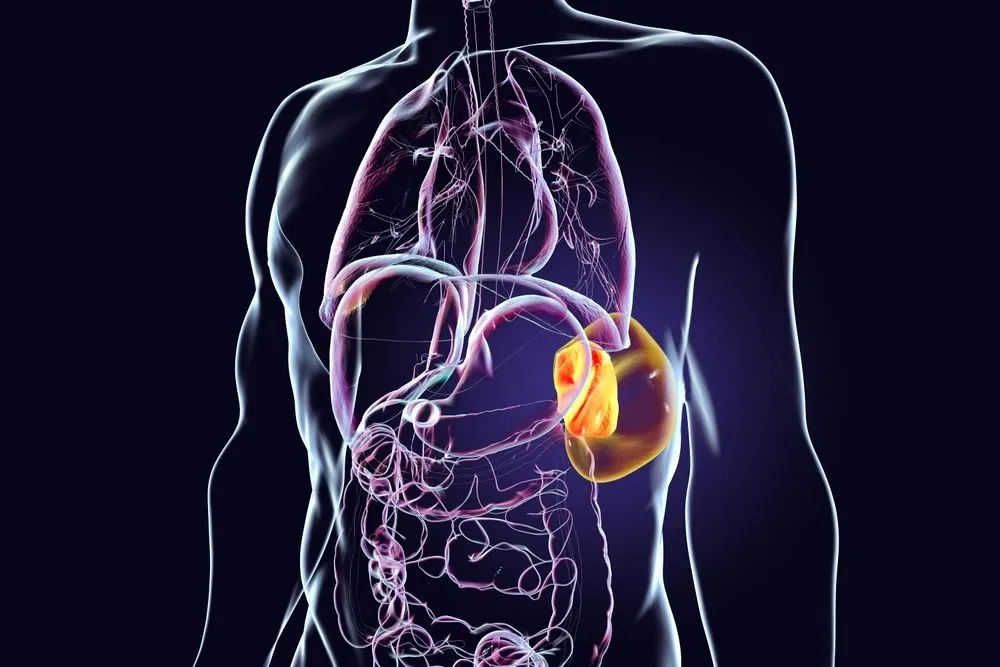Lymphedema After Radiation for Lymphoma: Signs, Risk Factors, and Treatment

Radiation therapy can be an effective treatment for certain types of lymphoma, but it can sometimes lead to lymphedema. Lymphedema is a buildup of protein-rich fluid that causes swelling under the skin. Learn why lymphedema occurs, what signs to watch for, and the most effective ways to manage it after cancer treatment.
Dr. Rachael Arabian, Assistant Professor at Pacific Northwest University’s School of Physical Therapy, shared her expert insight on the topic during a HealthTree webinar.
Can radiation cause lymphedema?
Yes. Lymphedema risk increases when radiation damages lymph nodes or surrounding tissue, reducing the body’s ability to move lymph fluid.
For people with lymphoma, the connection between lymphoma and lymphedema is often related to radiation rather than surgery, as lymphoma surgeries are usually less invasive. Lymphedema can appear soon after radiation or even years later, which is why lifelong awareness matters.
Signs and symptoms of lymphedema you should know
Recognizing early warning signs of lymphedema is important. Untreated lymphedema can worsen and become permanent. Common signs and symptoms of lymphedema include:
- Swelling or heaviness in the arm, leg, or nearby area.
- Lymphedema skin changes such as tightness, dryness, thickening, or dimpling.
- Tingling, discomfort, or reduced flexibility.
- Clothes or jewelry feel tighter on one side.
What is the most effective treatment for lymphedema?
The standard treatment for lymphedema is complete decongestive therapy (CDT), which combines:
- Manual lymphatic drainage (gentle massage) to move fluid.
- Compression therapy using wraps or garments.
- Exercise for lymphedema to stimulate fluid movement.
- Skin care to protect against infections and irritation.
CDT is designed to improve function, reduce swelling, and prevent complications. Your therapist will select the most suitable compression garments and teach you safe techniques.
What specialist treats lymphedema?
A certified lymphedema specialist, often a physical or occupational therapist trained in lymphatic care, can diagnose and manage lymphedema effectively. They provide therapy plans, compression fitting, and education for long-term management.
The Lymphology Association of North America provides a directory of trained specialists, or you can ask your local therapy clinic if someone offers this service.
Exercise for lymphedema: why it matters
When asked if there are simple modifications to help reduce the symptoms of lymphedema, Dr. Arabian had a simple answer: exercise.
"Those modifications include exercise, exercise, exercise. I have patients who can't withstand compression, and they don't like the manual lymphatic drainage." For those patients and everyone with lymphedema, Dr. Arabian recommends exercise. "If it's in the lower extremities, maybe you're taking more walks. If it's in the upper extremities, maybe you're doing more upper extremity exercises, such as lifting weights. If you can get into the habit of exercise, that will definitely help manage lymphedema. And it's free!"
Exercise helps because the lymph system has no pump and relies on muscle movement to keep fluid moving. Walking, biking, swimming, and light strength training are all effective options for lymphedema after radiation.
Recommended lymphedema skin care products
Radiation and lymphedema can make skin more sensitive to irritation and infection. The best lotion for lymphedema should be fragrance-free, pH-balanced, and moisturizing. Products like Aquaphor, Eucerin, or plain petroleum jelly can help maintain healthy skin. Avoid perfumed or harsh lotions, which may strip natural protective barriers.
Good skin care matters because damaged skin raises infection risk. Tell your care team about any redness, warmth, or wounds right away.
Lymphedema risk factors to keep in mind
Certain factors raise your chances of developing lymphedema after radiation:
- Radiation near lymph node clusters
- Combined surgery and radiation
- Higher body weight
- Recurrent skin infections
Being aware of lymphedema risk factors can help you take preventive steps like monitoring your skin and maintaining an active lifestyle.
Can lymphedema be prevented after radiation?
While there is no guaranteed way to prevent lymphedema, you can lower your risk by:
- Exercising regularly.
- Wearing compression garments as recommended.
- Avoiding tight clothing or jewelry on the affected area.
- Protecting skin from cuts, burns, and insect bites.
- Staying hydrated and maintaining a healthy weight.
Key takeaway
Lymphedema after radiation for lymphoma can be managed when recognized early. Know the signs and symptoms of lymphedema, practice daily exercise, use proper skin care, and work with a certified lymphedema specialist for personalized guidance. These steps can help maintain comfort and quality of life.
Continue Reading Lymphoma News
Sources:
Radiation therapy can be an effective treatment for certain types of lymphoma, but it can sometimes lead to lymphedema. Lymphedema is a buildup of protein-rich fluid that causes swelling under the skin. Learn why lymphedema occurs, what signs to watch for, and the most effective ways to manage it after cancer treatment.
Dr. Rachael Arabian, Assistant Professor at Pacific Northwest University’s School of Physical Therapy, shared her expert insight on the topic during a HealthTree webinar.
Can radiation cause lymphedema?
Yes. Lymphedema risk increases when radiation damages lymph nodes or surrounding tissue, reducing the body’s ability to move lymph fluid.
For people with lymphoma, the connection between lymphoma and lymphedema is often related to radiation rather than surgery, as lymphoma surgeries are usually less invasive. Lymphedema can appear soon after radiation or even years later, which is why lifelong awareness matters.
Signs and symptoms of lymphedema you should know
Recognizing early warning signs of lymphedema is important. Untreated lymphedema can worsen and become permanent. Common signs and symptoms of lymphedema include:
- Swelling or heaviness in the arm, leg, or nearby area.
- Lymphedema skin changes such as tightness, dryness, thickening, or dimpling.
- Tingling, discomfort, or reduced flexibility.
- Clothes or jewelry feel tighter on one side.
What is the most effective treatment for lymphedema?
The standard treatment for lymphedema is complete decongestive therapy (CDT), which combines:
- Manual lymphatic drainage (gentle massage) to move fluid.
- Compression therapy using wraps or garments.
- Exercise for lymphedema to stimulate fluid movement.
- Skin care to protect against infections and irritation.
CDT is designed to improve function, reduce swelling, and prevent complications. Your therapist will select the most suitable compression garments and teach you safe techniques.
What specialist treats lymphedema?
A certified lymphedema specialist, often a physical or occupational therapist trained in lymphatic care, can diagnose and manage lymphedema effectively. They provide therapy plans, compression fitting, and education for long-term management.
The Lymphology Association of North America provides a directory of trained specialists, or you can ask your local therapy clinic if someone offers this service.
Exercise for lymphedema: why it matters
When asked if there are simple modifications to help reduce the symptoms of lymphedema, Dr. Arabian had a simple answer: exercise.
"Those modifications include exercise, exercise, exercise. I have patients who can't withstand compression, and they don't like the manual lymphatic drainage." For those patients and everyone with lymphedema, Dr. Arabian recommends exercise. "If it's in the lower extremities, maybe you're taking more walks. If it's in the upper extremities, maybe you're doing more upper extremity exercises, such as lifting weights. If you can get into the habit of exercise, that will definitely help manage lymphedema. And it's free!"
Exercise helps because the lymph system has no pump and relies on muscle movement to keep fluid moving. Walking, biking, swimming, and light strength training are all effective options for lymphedema after radiation.
Recommended lymphedema skin care products
Radiation and lymphedema can make skin more sensitive to irritation and infection. The best lotion for lymphedema should be fragrance-free, pH-balanced, and moisturizing. Products like Aquaphor, Eucerin, or plain petroleum jelly can help maintain healthy skin. Avoid perfumed or harsh lotions, which may strip natural protective barriers.
Good skin care matters because damaged skin raises infection risk. Tell your care team about any redness, warmth, or wounds right away.
Lymphedema risk factors to keep in mind
Certain factors raise your chances of developing lymphedema after radiation:
- Radiation near lymph node clusters
- Combined surgery and radiation
- Higher body weight
- Recurrent skin infections
Being aware of lymphedema risk factors can help you take preventive steps like monitoring your skin and maintaining an active lifestyle.
Can lymphedema be prevented after radiation?
While there is no guaranteed way to prevent lymphedema, you can lower your risk by:
- Exercising regularly.
- Wearing compression garments as recommended.
- Avoiding tight clothing or jewelry on the affected area.
- Protecting skin from cuts, burns, and insect bites.
- Staying hydrated and maintaining a healthy weight.
Key takeaway
Lymphedema after radiation for lymphoma can be managed when recognized early. Know the signs and symptoms of lymphedema, practice daily exercise, use proper skin care, and work with a certified lymphedema specialist for personalized guidance. These steps can help maintain comfort and quality of life.
Continue Reading Lymphoma News
Sources:

about the author
Megan Heaps
Megan joined HealthTree in 2022. She enjoys helping patients and their care partners understand the various aspects of the cancer. This understanding enables them to better advocate for themselves and improve their treatment outcomes.
More on Navigating Your Health
Upcoming Events
Get the Latest Blood Cancer Updates, Delivered to You.
By subscribing to the HealthTree newsletter, you'll receive the latest research, treatment updates, and expert insights to help you navigate your health.










